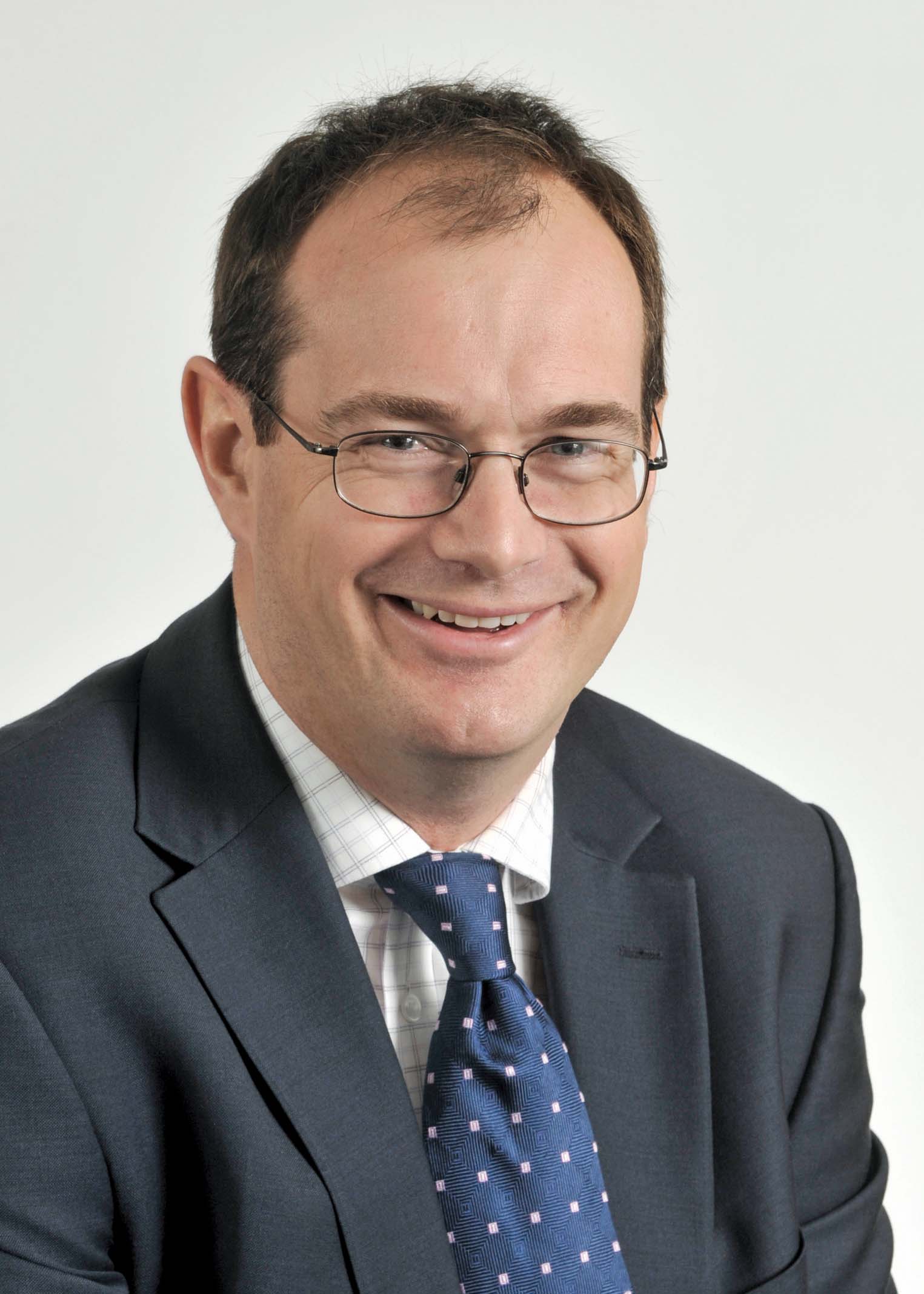
Simon Trahair-Davies of Stephens Scown LLP outlines some proposed European legislation which sets stringent new pollution limits for machinery, an important development for aggregates businesses to take note of.
In September 2014, the
The new legislation includes new, tighter emissions limits that aim to contribute to EU air quality targets and will apply to new NRMM engines put on the market.
The proposals also aim to reduce the complexity of the legal framework for this sector. The new legislation will replace a patchwork of 28 national laws and a Directive, which was adopted in 1997. The previous legislation had been subject to eight revisions and become very complex. The new legislation is designed to be clearer, outlining diesel emissions limits in terms of particle count (a PN limit). The proposal is expected to alleviate the pressure on individual Member States for additional regulatory action at national level that would eventually hamper the internal market.
NRMM engines contribute 15% of the nitrogen oxide and 5% of the particulate matter emissions in the EU. Research suggests that the nitrogen oxide emissions from NRMM engines will increase over time, if the issue is not addressed.
Commenting on the new proposals, Ferdinando Nelli Feroci, Commissioner for Industry and Entrepreneurship, said: “By simplifying the existing legislation, improving transparency and lightening the administrative burden, today´s proposal contributes to the competitiveness of European industry. We aim to help non-road mobile machinery suppliers, a key industrial sector, to reap the full benefits of the internal market and to help EU enterprises to be more successful abroad. At the same time, our proposal will lead to a very significant reduction of air pollution emissions and hence protect the health of European citizens. Good for business and good for the environment.”
NRMM covers a wide range of machinery including small hand-held equipment, construction machinery, tractors, locomotives and inland waterways vehicles. Others include, excavators, loaders and specialised equipment like rock drills and mining machinery.
Equipment used in quarries and aggregates operations including tracked excavators and large wheeled loaders will be subject to the legislation. The only construction machinery which would be exempt would be already covered by vehicle emissions regulations or non-mobile equipment used in stationary applications.
Equipment with no engine, such as construction hoists, would not be subject to the legislation, as the legislation applies to the engines, rather than the machines themselves.
It is important to note that the proposed new legislation applies to a wider range of NRMM engines than earlier legislation. It sets limits for nitrogen oxides, hydrocarbons, carbon monoxide and particulates. It introduces a particle number (PN) limit as well as a particle mass (PM) limit to categorise most NRMM engines.
The new limits are tighter than before, a trend that has been happening since legislation was first introduced 15 years ago. In fact, some limits are now 95% lower than they were before the legislation was introduced.
One of the aims of the proposed legislation is to bring European legislation into closer alignment with the US. The European Commission hopes that this will ensure a level playing field for European industry and avoid unfair competition from low-cost imports of nonregulated machinery.
The stage V proposals, which are expected to come into force in 2019 will give the EU the most stringent emissions limits in the world. The proposals will extend the EU legislation to cover the smallest (less than 19kW) and largest (greater than 560kW) machines.
It will also set a minimum stringency over the entire power range, no less than that which applies in the US (Tier 4). The requirements for particle number and particle mass will be even more stringent than the US in the 16-560 kW power range.
This is clearly an area that aggregates businesses must watch with interest.
Simon Trahair-Davies is a partner in the mining and minerals team at
For more information visit Stephens Scown website.








